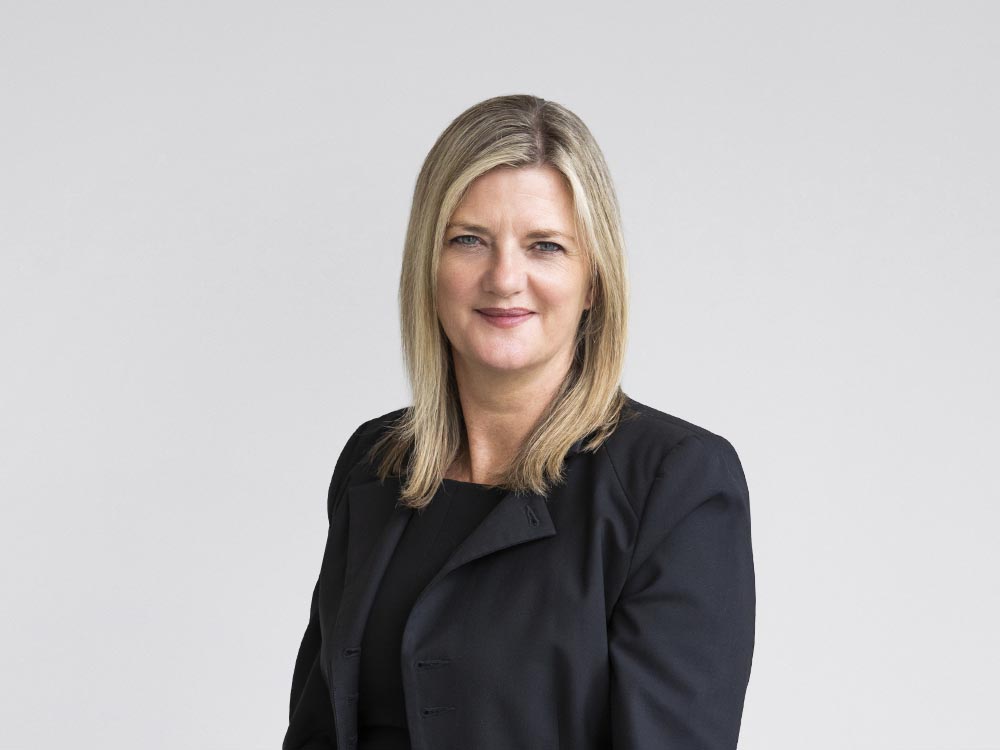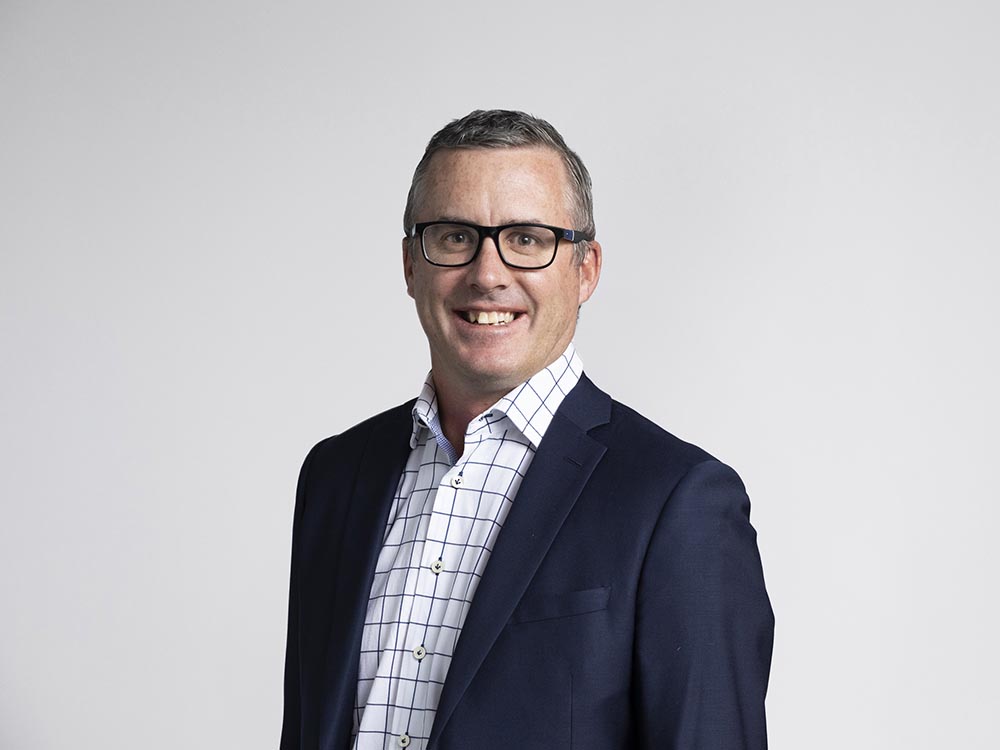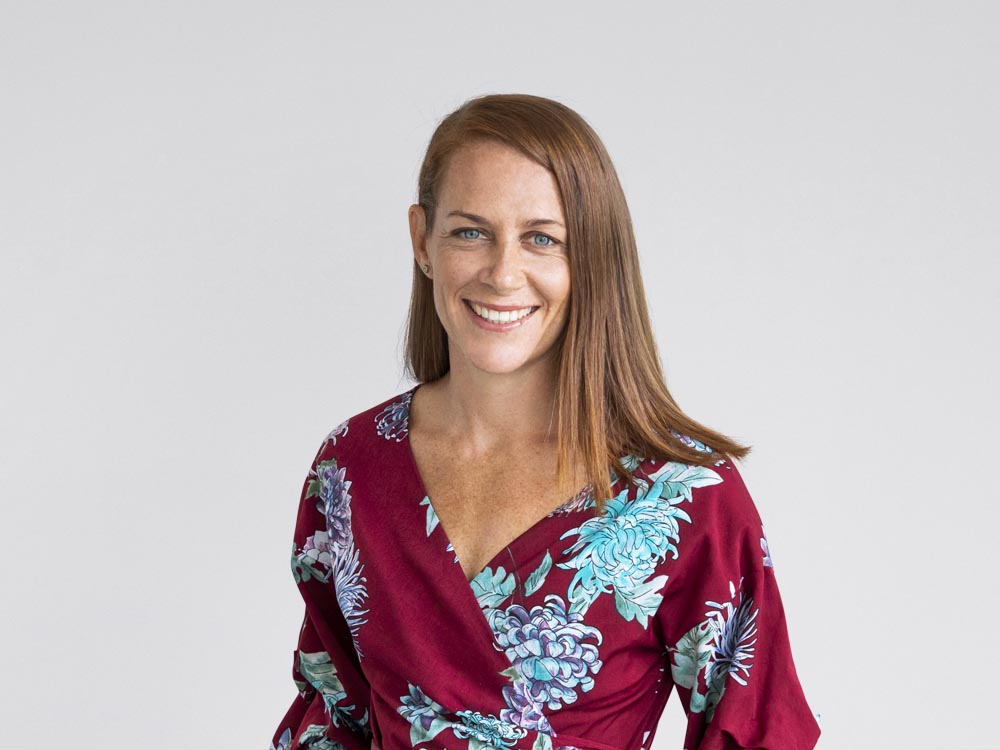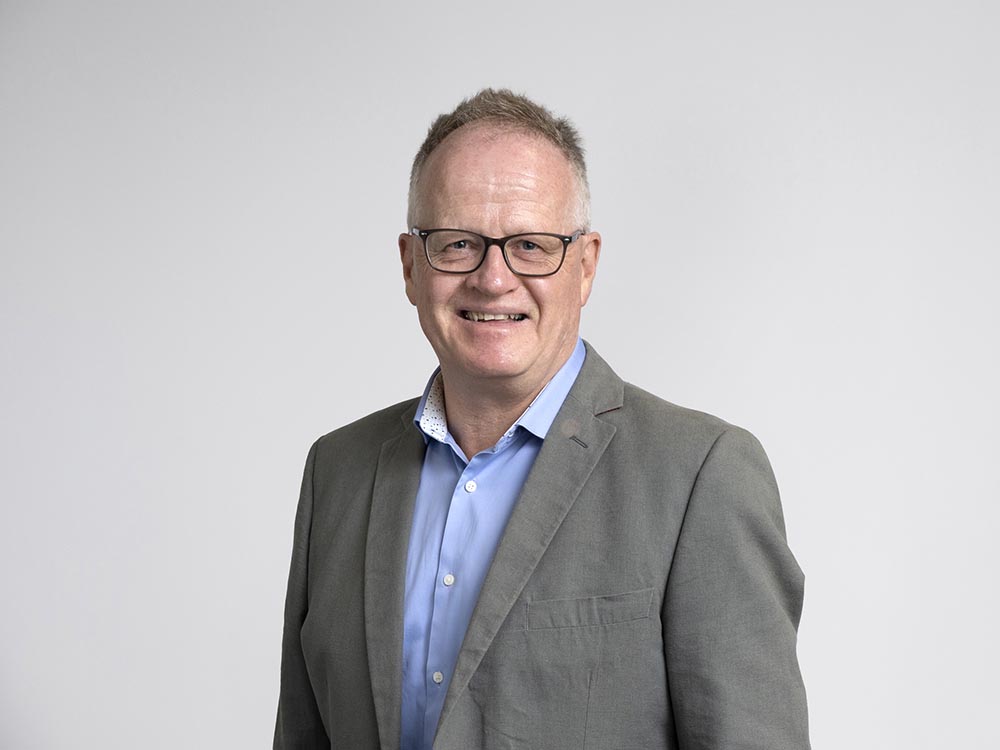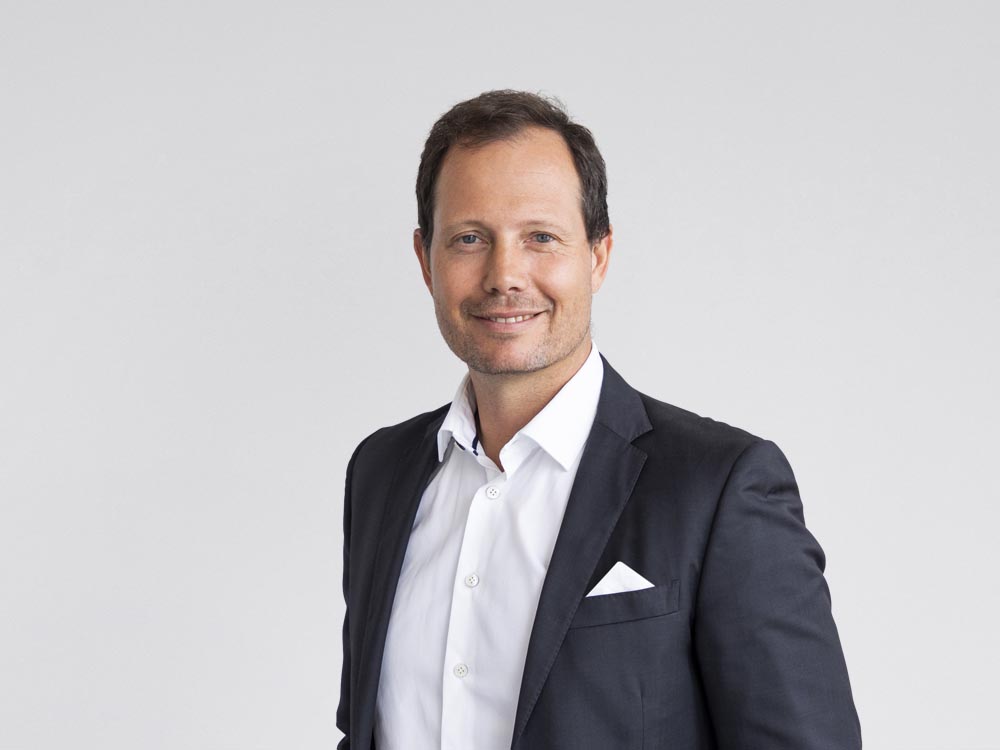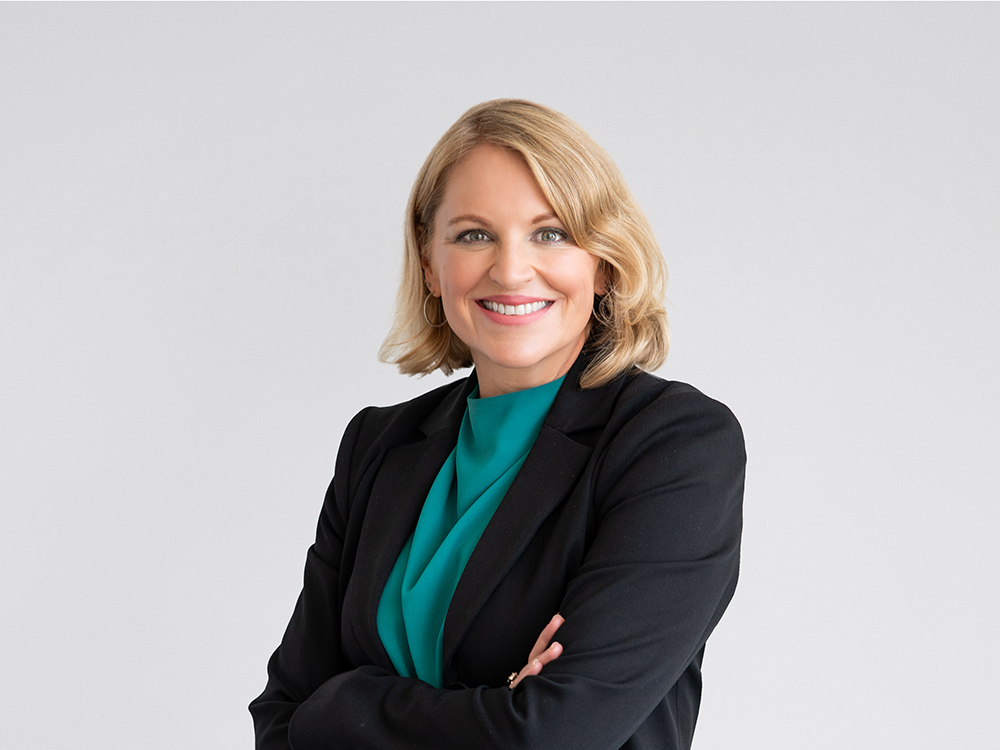At the end of 2024, Transpower, along with Northland’s electricity distribution businesses Northpower and Top Energy, released their Resilience, Reliability and an Energy Bridge – Te Tai Tokerau Northland discussion paper. This paper followed the June 2024 Northland tower collapse which cut electricity to 88,000 people and caused a financial loss of more than $37.5 million. This event put a spotlight on Northland’s electricity network, demonstrating the need to reconsider the region’s electricity resilience and reliability.
The Energy Bridge
The discussion paper highlights several key issues limiting Northland’s electricity resilience and reliability, including that:
- Northland has significant wind, solar and geothermal potential. However, the lack of infrastructure in the region makes it difficult for prospective renewable energy generators to connect to the region’s electricity network.
- Northland’s transmission infrastructure has limited electricity capacity. This increases the risk of outages during routine maintenance.
- Current regulations place the burden of infrastructure upgrades on the Northland community. However, the main beneficiaries of infrastructure development are likely to be the generation developers and the broader population, including Auckland.
The discussion paper sets out the key initiatives currently underway by Transpower, Northpower and Top Energy to improve Northland’s resilience and reliability and puts forward the idea of an “Energy Bridge” – a game changing set of electricity infrastructure investments for the region. The Energy Bridge aims to unlock Northland’s solar, wind, and geothermal energy, to significantly increase electricity generation. It is described as an “evolution” of prior work on the concept of a Renewable Energy Zone (REZ) in the region.
Renewable Energy Zones
A REZ is a location of renewable energy investment where multiple generators connect to the transmission network via shared infrastructure sized for that specific REZ. By connecting multiple projects, a REZ can capitalise on economies of scale to enable the investment required to improve electricity resilience. A REZ can also include large electricity consumers and storage technologies, such as grid scale batteries, that can improve a region’s electricity reliability, when renewable generation is intermittent.
Key challenges that a REZ can overcome to enable greater electricity resilience include:
- High connection costs: The cost of developing connection assets is high and is often a limiting factor for potential renewable energy generators. By using a REZ, the cost of connection assets is shared across multiple generators making it more affordable for renewable generators to connect to the network.
- The first mover disadvantage: This arises where a generator incurs the full cost of a large capacity connection asset and bears the risk of not being able to recover the cost from subsequent parties. A REZ brings generators together to agree to share this initial cost.
A Northland REZ
In 2022, Transpower considered the concept of a REZ through its national consultation document. This included consultation by Transpower, Northpower and Top Energy on a pilot REZ in the Northland region.
Feedback on the REZ consultation document and the Northland pilot was positive and highlighted the need for careful planning and collaboration. Northland was viewed as a preferable location for a REZ due to its high renewable energy generation potential, high developer interest, and limited existing transmission network capacity. However, regulatory settings, infrastructure demands, and complexities raised through the consultation process resulted in Transpower pushing pause on the next stages of a REZ.
The call for electricity action in Northland, and recent statements from Regional Development Minister Shane Jones (who is also Associate Minister for Energy) signal that REZs may be back on the table.
For a REZ to be a viable option in Northland, strategic planning, infrastructure development, coordination of investment, adequate funding, and a change to the regulatory landscape is required. The Energy Bridge work aims to consider these factors including exploring what funding models could be used to get development underway. The Regional Infrastructure Fund is one option that could be utilised to increase the transmission capacity of the network so that renewable energy generators can start the process of forming a REZ. The overdue energy strategy could also be an opportunity for the Government to express its backing of the concept of a REZ for Northland.
Overseas success
REZs have been successfully used overseas as a model for connecting renewable energy generators to the transmission network. In Australia, REZs are in varying early stages across the states of Victoria, New South Wales (NSW) and Queensland. For example, the NSW Government has committed to the development of REZs in five locations across the state. Additionally, the Victorian Government is intending to publish a Victorian Transmission Plan this year that will identify proposed REZ locations and the transmission projects needed to enable REZ development over a 15-year period. Texas has also successfully implemented REZs to enable renewable energy generation.
Next steps
Transpower, Northpower and Top Energy have requested feedback on the discussion paper and intend to publish an electricity development plan for Northland later this year.
Please get in touch with one of our Energy experts if you would like assistance with preparing feedback or would like to know more about the potential for REZs in New Zealand.



